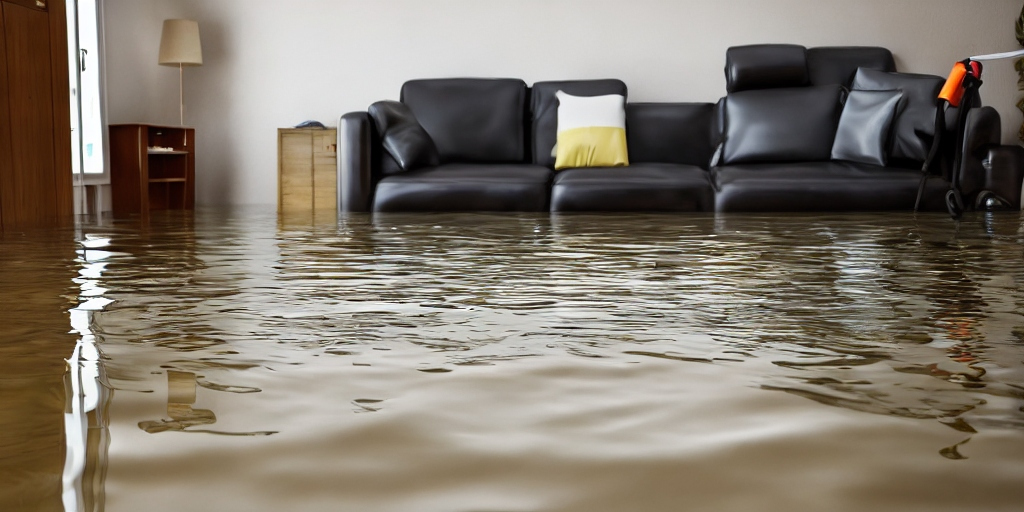Water damage can wreak havoc on homes and businesses, causing significant structural and financial losses. Understanding the process of water damage restoration repair is crucial for homeowners and property managers alike. In this comprehensive guide, we’ll explore the meaning of water damage restoration repair, discuss the differences between remediation and restoration, provide insights into fixing water damage in-house, and offer practical tips for addressing old water damage effectively.
What is Water Damage Restoration Repair?
Water damage restoration repair involves the assessment, mitigation, and restoration of structures affected by water intrusion or flooding. It encompasses a range of tasks, including water extraction, drying, dehumidification, and repairs to damaged areas. Whether caused by burst pipes, roof leaks, or natural disasters, prompt action is essential to minimize further damage and prevent mold growth.
Also Read: The Ultimate Guide to Water Damage Restoration Repair
Remediation vs. Restoration: Understanding the Difference
While often used interchangeably, remediation and restoration serve distinct purposes in the water damage repair process. Remediation focuses on removing water and mitigating immediate risks, such as mold growth. Restoration, on the other hand, involves repairing and restoring the affected property to its pre-damage condition. Both stages are critical for ensuring the safety and integrity of the structure.
Can Water Damage Be Fixed In-House?
Minor water damage incidents may be manageable for homeowners with the right tools and knowledge. DIY enthusiasts can attempt tasks like drying wet carpets, removing standing water with pumps or wet/dry vacuums, and applying disinfectants to prevent mold growth. However, for extensive or severe damage, professional assistance is recommended to ensure thorough and effective restoration.
How to Fix Old Water Damage

Old water damage poses unique challenges, including structural deterioration and mold infestation. Addressing such issues requires a systematic approach:
- Assess the Damage: Conduct a thorough inspection to identify the extent of the damage and any underlying issues.
- Water Extraction: Remove any remaining moisture using specialized equipment such as air movers and dehumidifiers.
- Mold Remediation: Treat mold-infested areas with appropriate cleaning agents and techniques to eliminate spores and prevent regrowth.
- Structural Repairs: Repair or replace damaged materials, such as drywall, insulation, and flooring, to restore the structural integrity of the property.
- Preventive Measures: Implement measures to prevent future water damage, such as improving drainage systems, sealing cracks, and installing sump pumps.
Also Read: Comprehensive Guide to Water Damage Restoration and Repair
Conclusion
Effective water damage restoration repair requires prompt action, thorough assessment, and skilled intervention. By understanding the process and enlisting professional help when needed, property owners can mitigate losses and restore their homes or businesses to their former glory. Remember, prevention is key, so stay vigilant and address potential water damage risks proactively.










